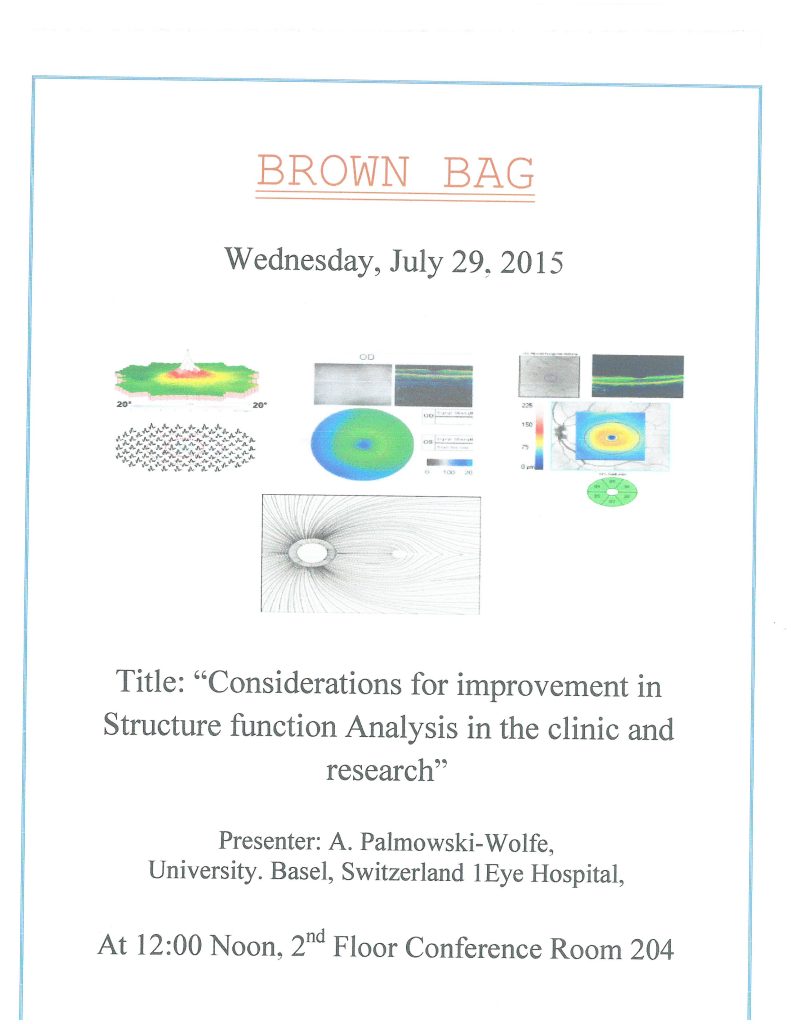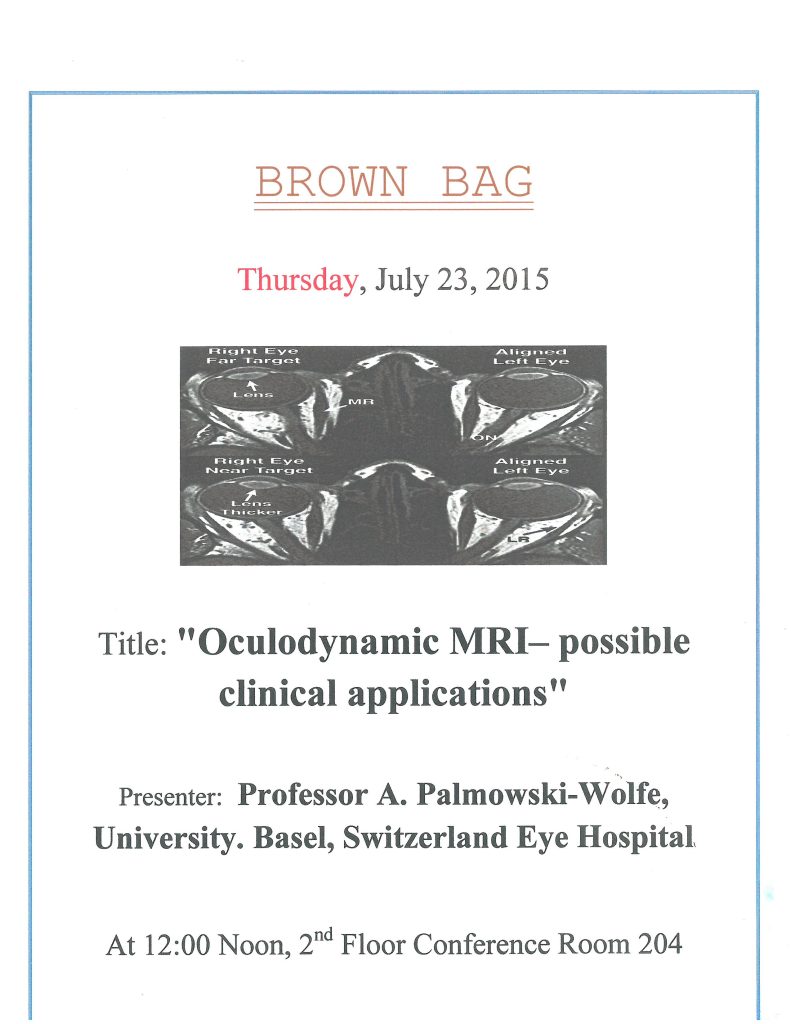Considerations for Improvement in Structure Function Analysis in the Clinic and Research
Abstract: Recent imaging techniques with the OCT give fast and easy information on retinal anatomy. The question arises whether this examination renders functional tests unnecessary. Clinical examples will be given to show that these tests complement one another rather than substitute one another. Can segmented macular ganglion cell-inner plexiform layer (GCIPL) analysis further increase structure function correlation? How do different OCT brands (Spectralis and Cirrus) compare to one another and what impact do these differences have on structure function analysis. In regard to functional tests: Can visual field analysis be improved to better be able to compare structure to function? Can we improve our mfERG analysis to this regard.

